The content of the article
The quince is a valuable fragrant fruit similar to apples. It has a specific spicy flavor, tartness and rich composition. The fruit loves the warm climate and is poured all summer, gathering fruits in the fall. Like other late fruits, quince is rich in tannins and beneficial sugar, and the list of its healing action applies to many subsystems of the human body.
Quince composition
Quince fruits are rich in vitamins - A, E, B and C, trace elements - iron, potassium, magnesium, phosphorus, calcium, copper, as well as healthy dietary fiber, fructose and amino acids.
Due to this quince is able to strengthen the body and have such an effect:
- Cleansing the blood, maintaining the balance of sugar and cholesterol.
- Treatment of anemia, recuperation of the body after serious diseases and physical overstrain.
- Hemostatic and healing effect: the treatment of irritation, hemorrhoids, skin damage, strengthening the walls of blood vessels, healing of hematomas.
- Prevention of varicose veins and restoration of the elasticity of the veins.
- Light laxative and diuretic effect, binding and excretion of fluids and poisons from the body.
- Liver cleaning, choleretic action.
- Antimicrobial protection.
- Help with dry cough, expectorant effect, removal of edema.
- Removal of irritation and inflammation.
- Normalization of sleep, stabilization of the nervous system.
- Strengthening hair and healing the skin, removing pigment spots, improving the elasticity of the curls and easy tightening of the contours of the body and face.
- Elimination of nausea, lethargy, chills, symptoms of poisoning.
- Recovery of appetite.
- Normalization of pressure.
Use quince
The peculiarity of the fruit in its characteristic astringent taste and very fragrant sweet juice. Fruits are rich in pectin and starch. Therefore, it is rarely eaten raw. Quince juice is mixed with other sweeter basics - plum, peach, apple, banana, lychee. Slices are dried, compotes are made and preserved in syrup, stewed. In the process of heat treatment, the fruit becomes softer and sweeter, and its pleasant fruity taste is revealed.
The use of inedible parts of quince
For quick and pronounced effect for medicinal purposes, extracts from quince seeds, decoctions of leaves and tinctures from tree bark are used. The remedies help to remove mucus, sputum from the body, stop inflammation, heal irritations, relieve swelling, soothe intestinal upset, restore the functioning of the liver and cholagogue, eliminate malaise, nausea,seasickness
Quince broths drink to ease breathing in asthma, use lotions and baths for hemorrhoids. Well helps broth and for the healing of cracks on the heels, corns. The lotions help to remove the fungus, not drying the nails and skin.
Infusion is used for washing the hair to strengthen their structure, revitalize the bulbs and slow the arrival of gray hair. It also helps to improve the condition of the skin with dandruff. Tonic with the addition of quince decoction soothes the skin, accelerates cell regeneration, stimulates the production of collagen, thereby increasing the elasticity of the skin and tightens the shape of the face. The tool removes puffiness under the eyes and accelerates the movement of lymph. Lotions with this tincture help to heal traces of acne and irritation of the eyes. Antiseptic substances will help eliminate acne and tighten pores.
Fruit acids effectively fight uneven tanning, pigment spots and freckles. For cosmetic purposes it is useful to use as a decoction of inedible parts of quince, and fruit part. Masks are made from mashed potatoes, and pieces of fruit are used as a whitening compress.
To prepare a decoction of quince seeds, boil 10 g of seeds in 100 ml of water to form a thick consistency. This broth is drunk to expectorant and relieve inflammations of 1 tbsp. 3 times a day or used for lotions in damaged areas to relieve redness, itching and accelerate healing.
Contraindications
Quince fruits rarely cause allergies and are generally harmless. Care should be given to people with sensitive intestines. When constipation in the slagged intestine pectin can cause bloating, boiling, discomfort.
Fresh juice, especially when it comes to unripe fruits, can irritate the gastrointestinal mucosa, as well as affect the vocal cords. To avoid discomfort, use quince in the processed form.
The biggest danger lies in the seeds of the fruit. It contains amygdalin - a strong poison that fruit plants store up to protect themselves from predators. The substance causes nausea, dizziness, confusion, and poisons internal organs. However, it works only in large doses. So quince seeds become unsafe only if consumed more than 70 g.In small doses, the body copes with harmful compounds and benefits from other components of the fruit.
If you do not overeat quince apples, they are able to gently clean and strengthen the body. This is especially useful before the onset of cold weather.
Drinks with quince
Tea from the fruits and leaves of quince gives a very delicate aroma and pleasant unobtrusive taste. It is brewed from dried fruit slices without the addition of tea leaves or with noble varieties for fragrance.
Such a drink strengthens the immune system, rescues from coughing, tones the pressure, strengthens the heart muscles and normalizes digestion. Quince tea is good because it is not a curative. You can drink it just to quench your thirst, to warm yourself in the cold. It is pleasant both in warm and cool condition. Compote or quince tea will be useful for people suffering from insomnia, overwork, neurasthenia. It does not contain caffeine, helps to balance the nervous system, invigorates due to vitamins and fruit components, controls the feeling of hunger.
To smooth the acid and astringency of fruits, compote is boiled with the addition of sugar.You can combine quince with seasonal “brethren” and dried fruits: plum, pear, dried apricots and other fruits to taste. You can add cinnamon, ginger and other spices to your drink. Compote is boiled for about 10 minutes, after which it must be infused. You can roll up the drink for the winter.
Baked Fruits

Besides the fact that the baked fruit is tasty and can be an excellent dessert, it also has a beneficial effect on the body in cases of poisoning, bouts of nausea and intestinal ailments. In the heat-treated fruit, the amount of starch and pectin decreases, it does not cause flatulence, gently binds toxins, removes excess fluid from the body, has a laxative effect, eliminates constipation.
On the table, quince is baked with sugar, honey, spices and other fruits.
Braised pieces or mashed potatoes can be used as a filling for the dough or as a base for a milky-fruit cream.
Preserves and marmalade
From quince it turns out very tasty unusual jam and jam or jelly. Due to the high content of natural thickener, it does not need to add gelatin.Sugar-roasted jam is gelled to a pleasant soft consistency, keeping the shape. Delicious dessert can be closed in banks or serve with tea.
To get a transparent jelly, stew quince pieces under water, drain the resulting juice, add sugar in a ratio of 700 g per 1 liter of base - and cook until the syrup thickens. Add citric acid before readiness. If desired, jelly can tint the desired color of food coloring. Syrup is poured into forms and allowed to cool, then stored in the refrigerator.
To get marmalade, mash the baked fruit in a puree, add sugar, mix thoroughly until smooth. It is better to whip the mass in a blender. After that, boil until thick. The mass is laid out in a convenient dish and cooled. It is possible to make a paste from a blank.
Other crop storage recommendations
- You can freeze the quince pulp. To do this, it is recommended to wash the fruit, remove the villi, clean the core and grate the fruit on a large grater. The raw material is packed in polyethylene, the air is released and sent to the freezer.
- Strong fruits can be stored whole in a cool, dark place.To do this, you need to select the fruit without wrinkles and wrap each individually in thick paper. This will save not only vitamins, but also a pleasant aroma of "apples". In the refrigerator, the fruit will last up to 4 months.
- To preserve quince seeds for medicinal purposes, it is necessary to select grains from whole healthy fruits, dry them at a temperature of 45 degrees and store in a closed container for not more than a year.
- The leaves are harvested at the time of flowering trees. Large whole sheets are taken away, they are dried in a dark place or an electric dryer and put in special linen bags or glass jars that close tightly.
How to dry fruit
Quince fruits are harvested in the late autumn before the arrival of frost. At this point, they are recruited by sugar and juice. For storage of the crop, only ripe, intact quince apples should be selected. Overripe or dried fruit is better to use immediately. Cut off all dark areas and make juice or compote from pulp. Also slices of such fruits can be dried.
For long storage, quince apples are dried in slices. This can be done in an oven at 90 degrees or an electric dryer at 50 degrees, thereby preserving more vitamins and the primordial taste of the fruit.The temperature should not exceed 100 degrees, so that the nutrients inside the fruit are not destroyed.
First, the fruit must be washed, cleaned of seeds and cut into slices. When electrically dried, fruits are caramelized with sugar. To do this, they are boiled in syrup for 5-6 minutes, drained, dried in air, and then left to dry for 6 hours in the dryer.
The beneficial properties of quince are preserved even after processing, so jam, compotes and dried fruits from this fruit will be useful in the winter during vitamin deficiencies for the prevention and treatment of colds, as well as the general health of the body.
Video: Japanese quince with sugar



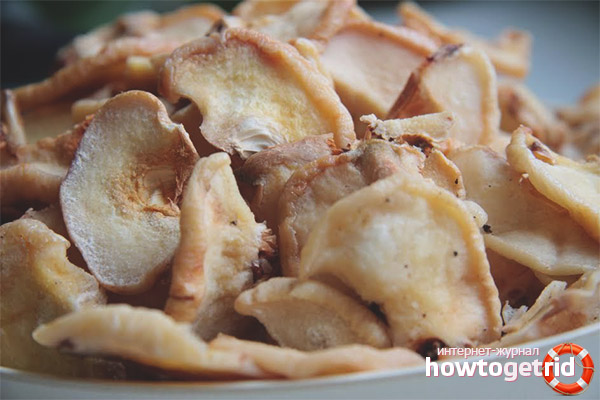


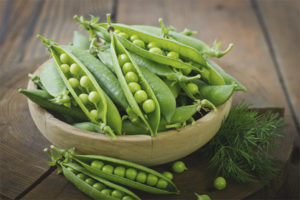
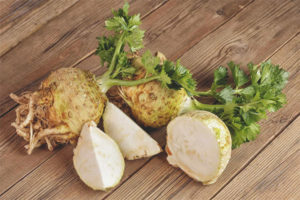
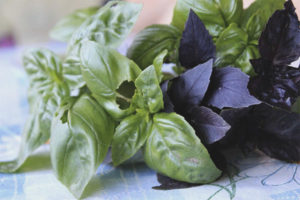
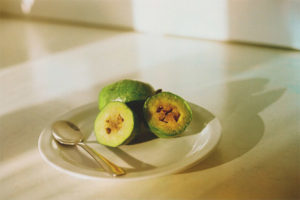
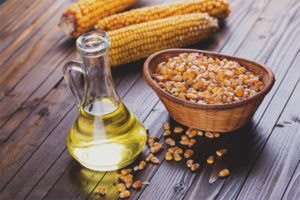
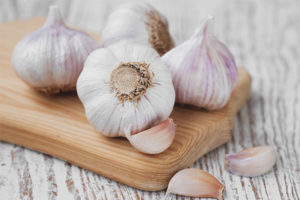
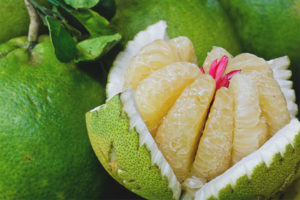
To send